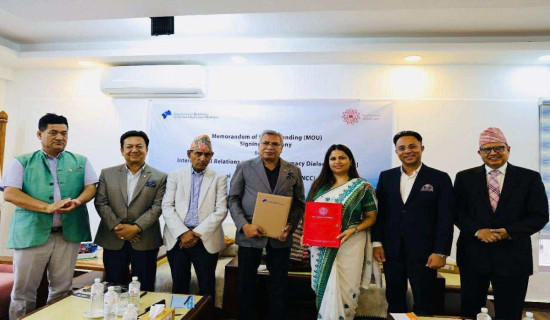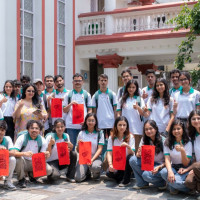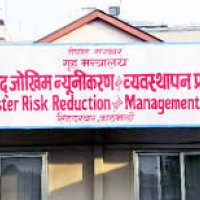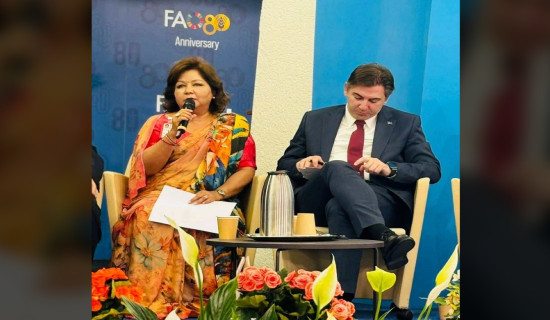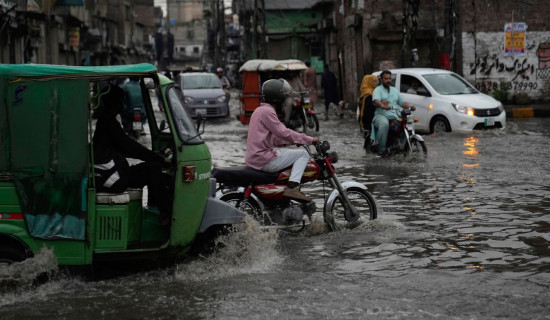- Wednesday, 2 July 2025
Discussions on Greater Lumbini Master Plan begin
By Our Correspondent,Bhairahawa, May 12: Discussions on the Greater Lumbini Master Plan have been initiated when around 30 per cent of the Lumbini Master Plan still remains incomplete.
Officials of the Lumbini Development Trust informed that the old master plan alone cannot ensure the holistic development of Lumbini and hence preparations are underway to formulate and implement a Greater Lumbini Master Plan. With preparations underway to celebrate the 2569th Buddha Jayanti on Monday in Lumbini, officials from the Development Trust have brought forward this proposal.
According to Sanuraja Shakya, Member Secretary of the Development Trust, around seven billion rupees have already been spent on the Lumbini Master Plan.
When the master plan was prepared 47 years ago, it was estimated to be completed with 55 million US dollars.
Shakya informed that in these 47 years, the master plan has not been re-evaluated.
Engineer Smita Bhatta, Chief of Planning at the Development Trust, informed that the construction cost needs to be re-evaluated according to the times.
She informed that work is being carried out by utilising the internal budget of the Trust in line with the concept of the Greater Lumbini Master Plan, including Tilaurakot, Ramgram and Devdaha.
“The federal government has been allocating budget only for the master plan,” she said, adding, “Now the old master plan must be reviewed and a new Greater Lumbini Master Plan should be created.”
With the initiation of the United Nations in 1979, Japanese architect Prof. Kenzo Tange designed the Lumbini Development Master Plan with the vision of developing it as a Buddhist pilgrimage site and a tourist centre. The plan had outlined that its work would be completed within 17 years, by 1995.
According to Planning Chief Bhatt, 70 per cent of the infrastructure work under the master plan has been completed so far.
The current master plan aims to reflect the living traditions of national and international Buddhist cultures, preserve the historical, cultural, archaeological and religious significance of Lumbini and promote it as a sacred pilgrimage site of international standards.
The plan envisions developing Lumbini as an attractive destination for followers of all religions.
It divides the 1,155 bighas (three square miles) of land into three parts, the Garden Area, the International Monastic Zone and the New Lumbini Village.
The three-square miles are divided into one square mile each, with the northern area named Lumbini Village.
The middle section is designated for educational, cultural, international monastic and monastery zones, while the southern section is called the Sacred Garden.
The master plan places the highest significance on the Sacred Garden.
Planning Chief Bhatta informed that payments worth Rs.1.3 billion remain pending and works amounting to Rs. 3 billions are yet to be carried out.
Member Secretary Shakya informed that construction work for four administrative buildings, the Harwa and Telar river management (diversion), a health post and a souvenir shop has not yet begun.
Vice-Chairman of the Trust, Dr. Lharkyal Lama, said that there was a shortage of budget every year to complete the master plan.



